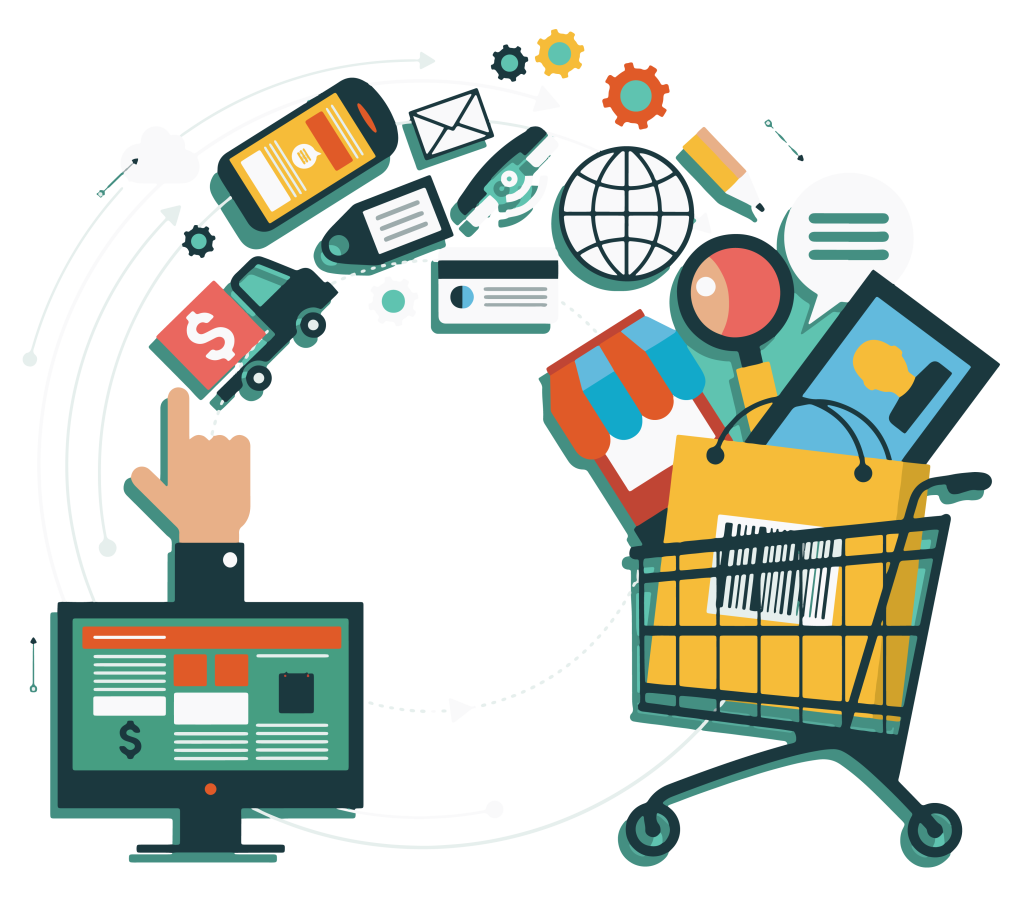In the ever-evolving landscape of retail, traditional brick-and-mortar stores are facing increasing pressure to adapt to changing consumer preferences and technological advancements. While eCommerce continues to grow in popularity, many traditional retailers may view it as a threat to their offline sales channels. However, embracing eCommerce can actually complement and enhance traditional retail operations, ultimately leading to increased sales and revenue. In this article, we’ll explore how eCommerce can benefit traditional retail stores and provide strategies for leveraging online platforms to drive offline sales.
Expanding Reach and Visibility:
One of the primary advantages of eCommerce is its ability to reach a wider audience beyond the geographical constraints of a physical store. By establishing an online presence through a website or marketplace platforms like Amazon or eBay, traditional retailers can tap into new markets and attract customers who may not have otherwise discovered their products. For example, a local boutique specializing in handmade jewelry can showcase its unique offerings to customers worldwide through an eCommerce platform, thereby expanding its customer base and driving incremental sales.
24/7 Accessibility and Convenience:
Unlike traditional retail stores with fixed operating hours, eCommerce offers the convenience of round-the-clock accessibility, allowing customers to shop whenever and wherever they choose. By providing an online storefront, traditional retailers can cater to the needs of busy consumers who prefer to shop outside of regular business hours or during non-traditional times. This accessibility not only enhances the overall shopping experience but also increases the likelihood of impulse purchases and repeat business. For instance, a hardware store that also operates an eCommerce website can attract customers searching for home improvement supplies outside of store hours, thus capturing sales that would have otherwise been missed.
Omnichannel Integration:
In today’s omnichannel retail environment, consumers expect a seamless shopping experience across both online and offline channels. Traditional retailers can leverage eCommerce to create a cohesive omnichannel strategy that integrates their online and offline sales channels. For example, retailers can offer click-and-collect services, allowing customers to purchase items online and pick them up in-store, thereby driving foot traffic and encouraging additional in-store purchases. Likewise, retailers can enable in-store returns for online purchases, providing customers with greater flexibility and convenience while promoting cross-channel engagement.
Data-Driven Insights and Personalization:
eCommerce platforms provide valuable data and analytics capabilities that traditional retailers can leverage to gain insights into customer behavior, preferences, and purchasing patterns. By analyzing data such as website traffic, customer demographics, and transaction history, retailers can better understand their target audience and tailor their marketing efforts accordingly. For instance, a clothing retailer can use data from its eCommerce platform to identify popular styles, sizes, and colors, allowing them to optimize inventory management and merchandise selection both online and in-store. Additionally, retailers can implement personalized marketing initiatives such as targeted email campaigns or product recommendations based on individual customer preferences, driving engagement and loyalty.
Enhanced Customer Engagement and Loyalty:
eCommerce provides numerous opportunities for traditional retailers to engage with customers and foster brand loyalty. Through social media, email marketing, and other digital channels, retailers can maintain ongoing communication with customers, providing updates on new products, promotions, and special events. By cultivating a strong online presence and building meaningful relationships with customers, retailers can create brand advocates who are more likely to make repeat purchases and recommend the brand to others. For example, a local bookstore can engage with customers through social media platforms, sharing book recommendations, author interviews, and behind-the-scenes glimpses of store operations, thereby fostering a sense of community and loyalty among its customer base.
In conclusion, eCommerce presents a wealth of opportunities for traditional retail stores to enhance their offline sales channels and thrive in today’s competitive retail landscape. By embracing eCommerce and leveraging its capabilities to expand reach, enhance convenience, integrate omnichannel strategies, gain data-driven insights, and foster customer engagement, traditional retailers can position themselves for success in the digital age. By bridging the gap between online and offline sales channels, retailers can drive growth, increase revenue, and create memorable shopping experiences that keep customers coming back for more.

